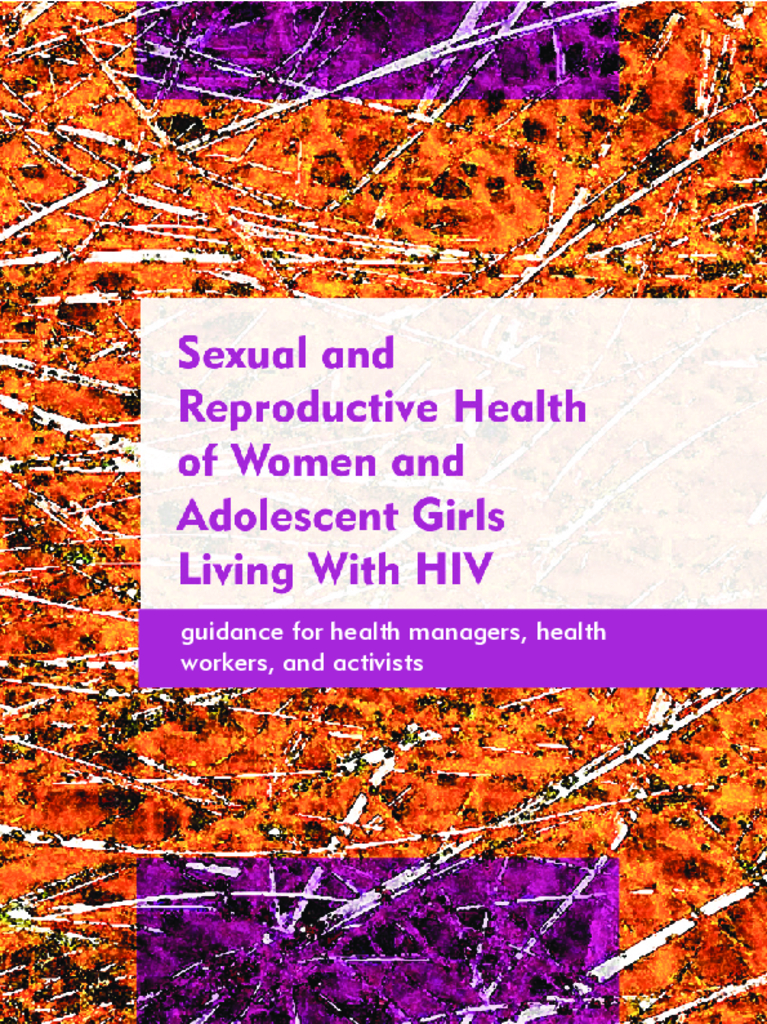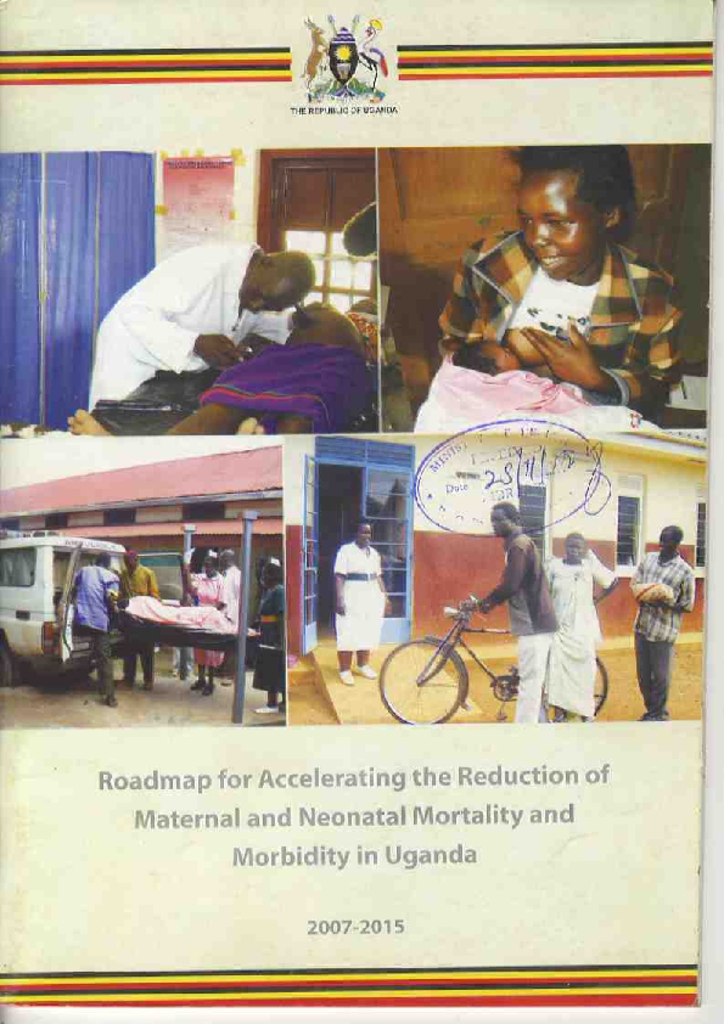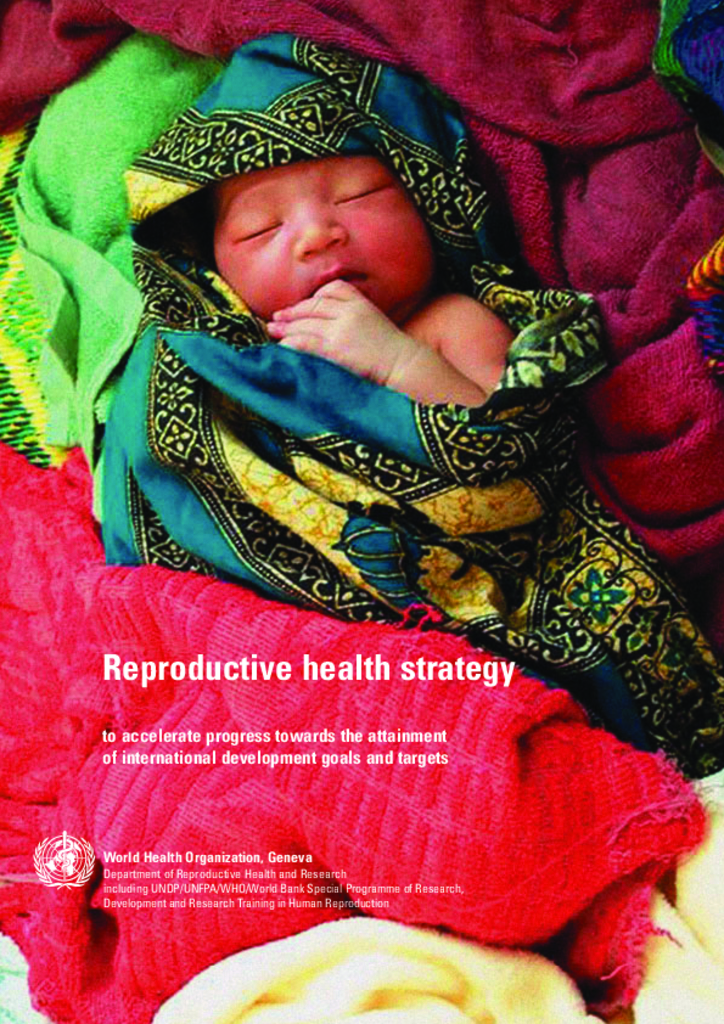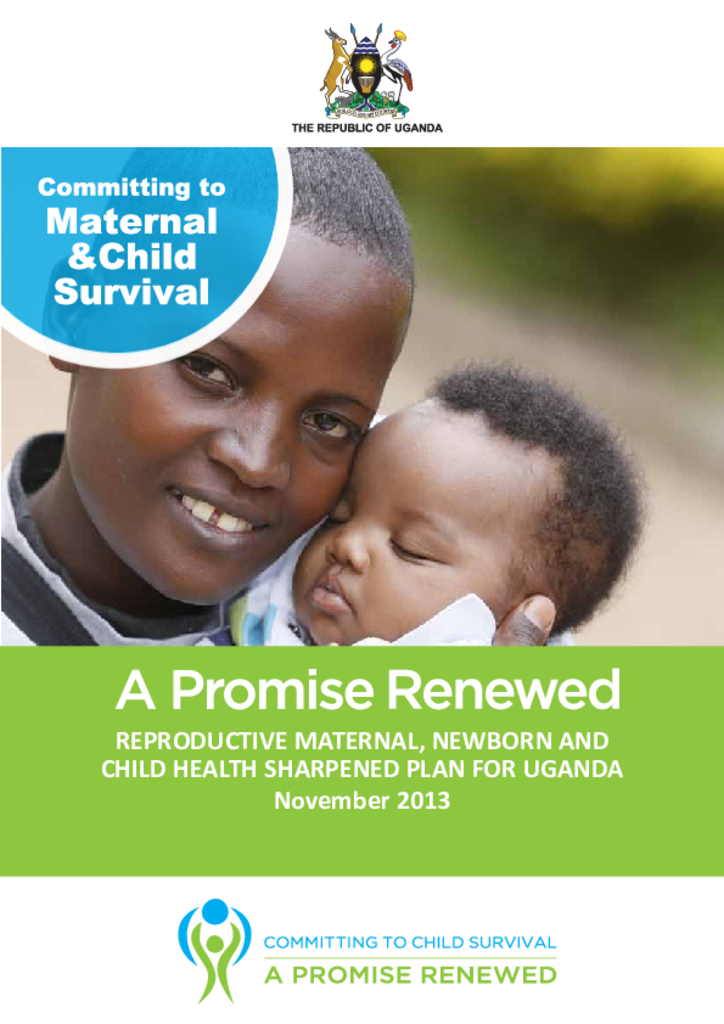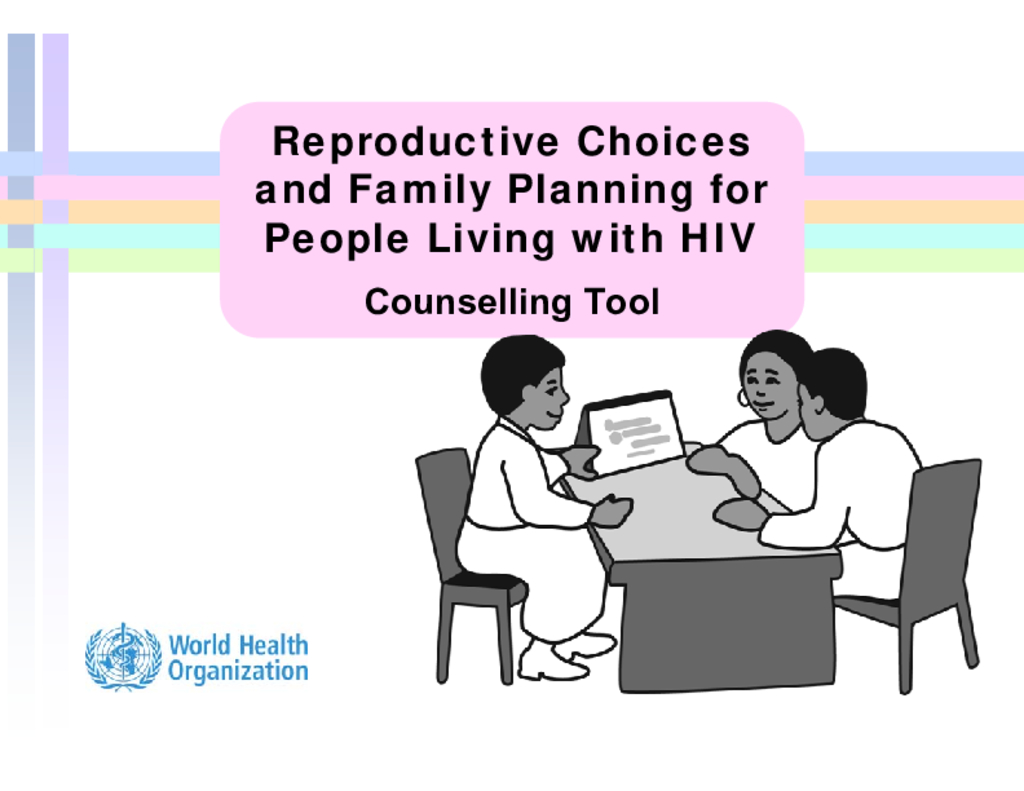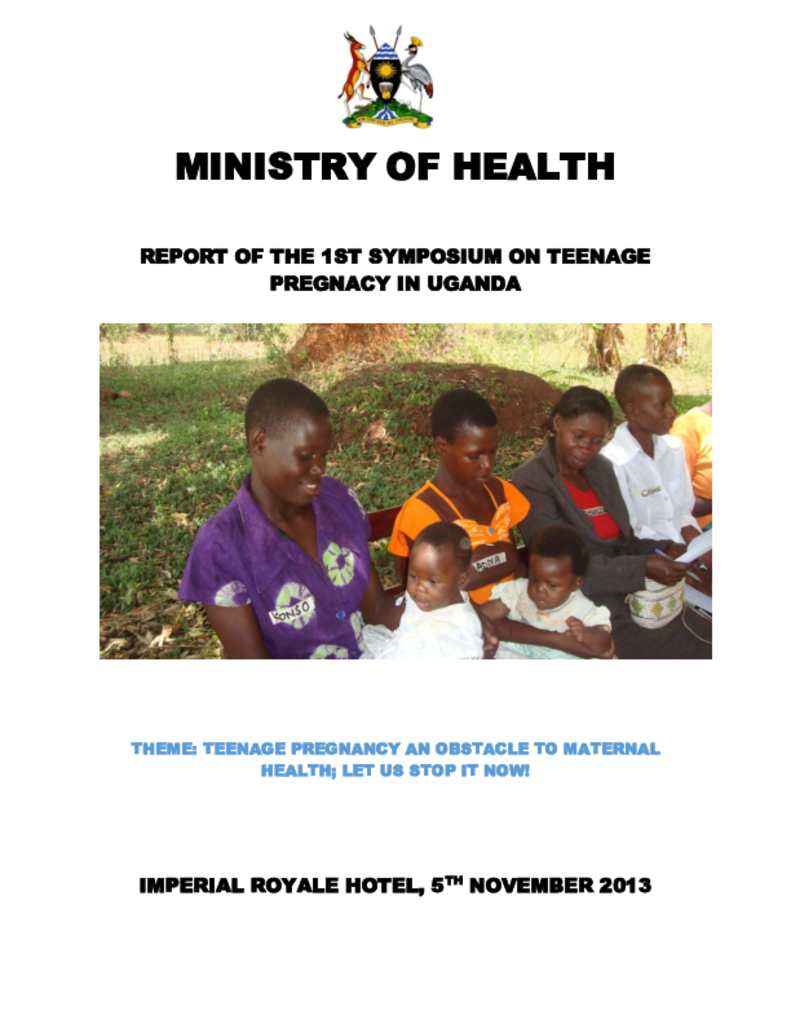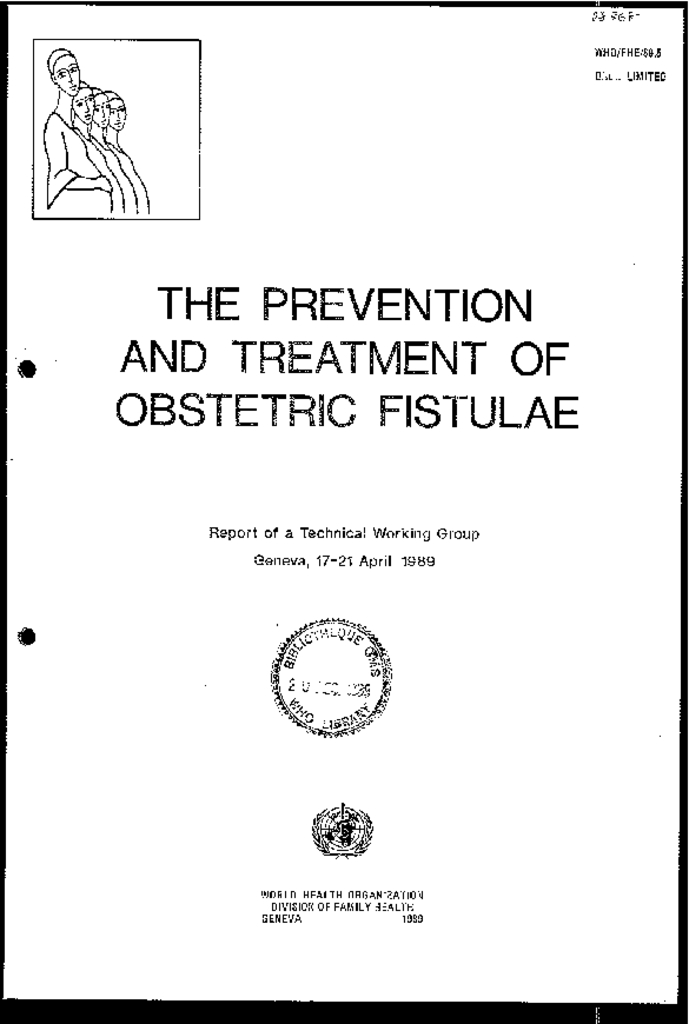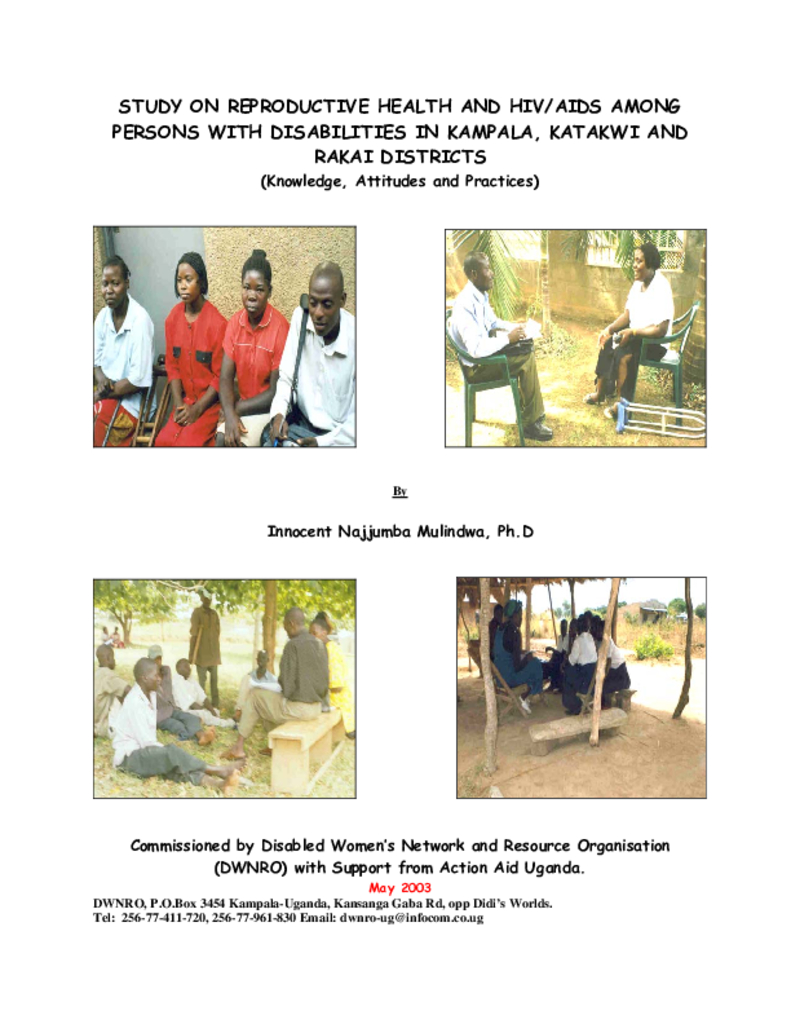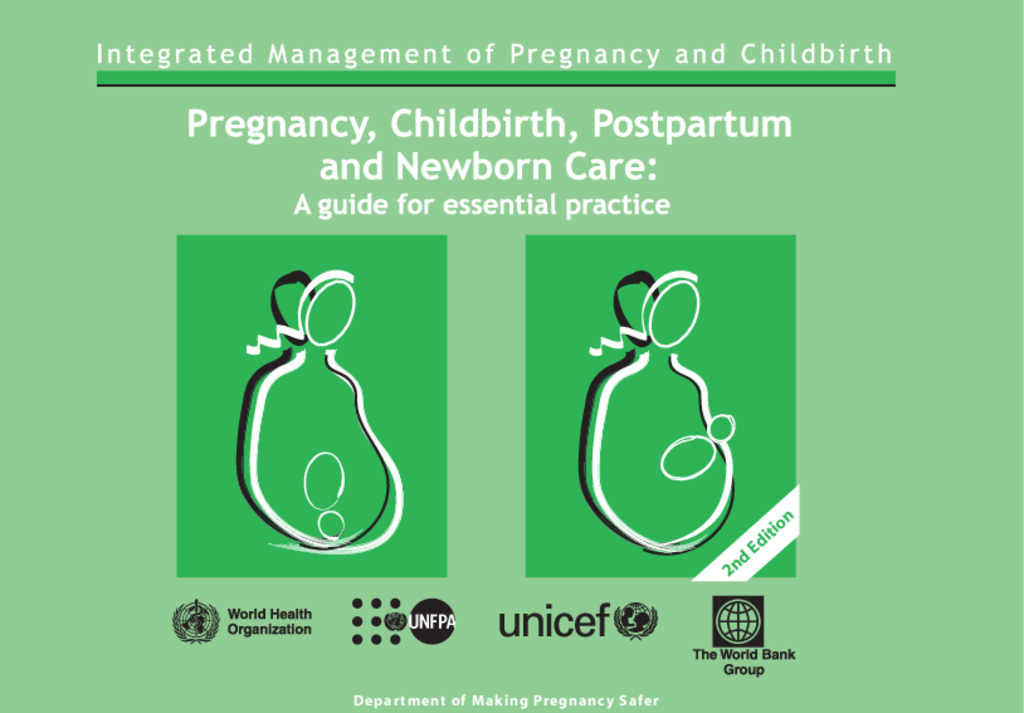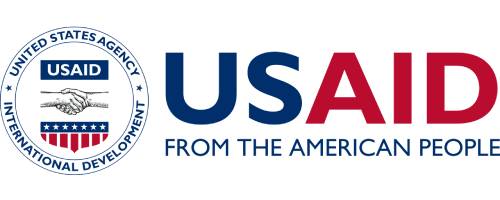The number of cases of HIV and AIDS among women and adolescent girls in Brazil has been gradually increasing since the epidemic began. In the period from 1980 to June 2007, were identified 314,000 cases of AIDS among males and 160,000 among females1.
Uganda’s Maternal Mortality Ratio (MMR) had remained high for 15 years, with no significant decline between 1990 and 2000 (527 to 505 deaths per 100,000 live births). The Uganda Demographic and Health Survey of 2005/6 registered a modest decline to 435 deaths per 100,000 live births.
This Maternal Mortality Ratio translates to about 6,000 women dying every year due to pregnancy-related causes. In addition, for every woman who dies, six survive with chronic and debilitating ill health
Uganda’s Maternal Mortality Ratio (MMR) is currently estimated at 435/100,000 live births (Uganda Demographic and Health Survey [UDHS] 2005/6). This has declined from 527/100,000 live births estimated in 1990. The current maternal mortality ratio of 435 deaths per 100,000 live births translates to about 6000 women dying every year due to pregnancy related causes.
In addition, for every woman who dies, six survive with chronic and debilitating ill health such as fistulae (leakage of urine or faeces from the birth canal). Similarly, infant mortality (IMR) has declined from 88 deaths per 1,000 live births to the current estimate of 76/1000 live births.
Reproductive and sexual health2 is fundamental to individuals, couples and families, and the social and economic development of communities and nations. Concerned about the slow progress made in improving reproductive and sexual health over the past decade, and knowing that the international development goals would not be achieved without renewed commitment by the international community, the Fifty-fifth World Health Assembly adopted resolution WHA55.19 requesting WHO to develop a strategy for accelerating progress towards attainment of international development goals and targets related to reproductive health
Over the last twenty years, Uganda has experienced slow progress in reduction of child and maternal mortality rates (MDG 4 and 5). We have the tools and knowledge to change that trajectory to bring an end to preventable deaths; with greater participation of all partners and stakeholders, a change in focus, and commitment to hold ourselves accountable.
Uganda has developed this evidence-based country plan to address the slow progress on MDG 4&5 targets. The plan examines why the country is making slow progress in attaining the targets; reviews the maternal, newborn and child mortality and morbidity situation in Uganda; sets an agenda for how to accelerate progress; establishes the time horizon for the acceleration to the MDG targets; and proposes five strategic shifts in doing business differently or greater impact.
The plan is aligned with Uganda’s Vision 2040, and is anchored in the National Development Plan (NDP) 2010/11 – 2014/15
This tool was developed by the World Health Organization’s Department of Reproductive Health and Research for the Integrated Management of Adolescent and Adult Illness (IMAI) initiative of the WHO Department of HIV/AIDS. Sarah Johnson and Peter Weis led the preparation of the tool. Special thanks go to Kelly Culwell for her contributions, and to Catherine d’Arcangues, Isabelle de Zoysa and Sandy Gove for their support and guidance in this work
Reproductive Health Commodity Security is central to achieving the targets set out in the “Roadmap for Accelerating the Reduction of Maternal and Neonatal Mortality and Morbidity in Uganda”, and eventually, Uganda’s performance in achievement of global targets set out in the Millennium Development Goals, especially MDG5, MDG4 and MDG6. Yet, the state of Sexual and Reproductive Health remains poor, and access to and use of reproductive health commodities remains limited for majority of Ugandans due to a number of challenges.
Every year, the ministry of Health (MoH) commemorates the Safe Motherhood week in October. The national commemoration this year (October 2013) was held in Apac district in Northern Uganda. As part of the events for the week, MoH and its partners held a symposium on the theme: “Teenage pregnancy an obstacle to maternal health; let us stop it now!”. This report therefore contains proceedings of this symposium that attracted safe motherhood partners from across the country
This technical working group on the prevention and treatment of obstetric fistulae is part of the effort to provide more effective support to countries particulary in areas where WHO is a unique contribution to make in norm setting and the establishment of agreed standards.
The study on reproductive health and HIV/AIDS among disabled persons was commissioned by Disabled Women’s Network and Resource Organisation (DWNRO), with support from Action Aid Uganda. The study was conducted in Kampala, Katakwi and Rakai Districts.
This Guide is a tool for clinical decision-making. The content is presented in a frame work of coloured flow charts supported by information and treatment charts which give further details of care.
The framework is based on a syndromic approach whereby the skilled attendant identifies a limited number of key clinical signs and symptoms, enabling her/him to classify the condition according to severity and give appropriate treatment. Severity is marked in colour: red for emergencies, yellow for less urgent conditions which nevertheless need attention, and green for normal care.
Despite its devastating impact on the lives of girls and women, obstetric fistula is still largely neglected in the developing world. It has remained a ‘hidden’ condition, because it affects some of the most marginalized members of the population—poor, young, often illiterate girls and women in remote regions of the world.
On a global scale, the continued incidence of obstetric fistula in low-resource settings is one of the most visible indicators of the enormous gaps in maternal health care between the developed and developing world. Obstetric fistula still exists because health care systems fail to provide accessible, quality maternal health care, including family planning, skilled birth attendance, basic and emergency obstetric care, and affordable treatment of fistula. In addition, social systems are failing to provide a safety net for girls and women.
